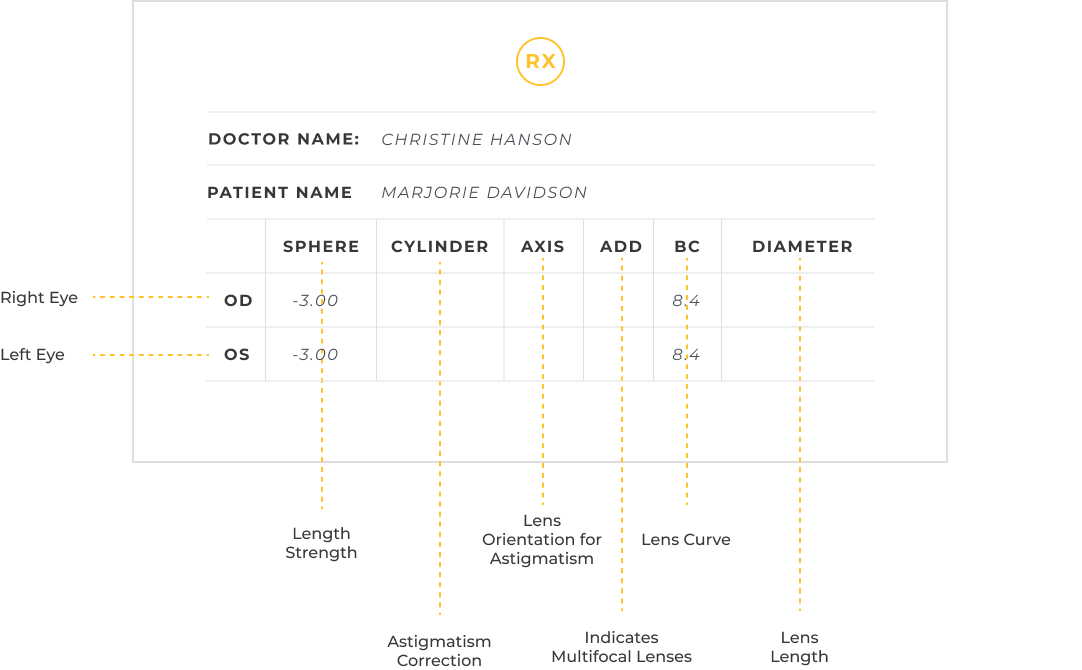Clarity About Lenses
Lens Materials
Polycarbonate Standard Lenses are lightweight, impact-resistant, and have built-in UVA/UVB protection. Polycarbonate is required in most US states, but some online vendors use cheap plastic lenses instead.
Polycarbonate Aspheric Lenses are useful for strong prescriptions above +3/-3. They decrease visual distortion, improve vision quality, and have a slimmer, lighter profile. Plus, they make kids look better in photos.
Lens Coating
Anti-Reflective Coating
Also known as AR coating or non-glare coating. This type of lens treatment reduces reflections of light from the front surface of the lens and eliminates reflections from the back surface of the lens, allowing more light to pass through the lenses.
This helps improve the vision and also makes them cosmetically more appealing by making them nearly invisible so people can see the eyes’ appearance and facial expressions more clearly. They also provide better vision for night driving and more comfortable vision for computer use and reading.
UV Protection
Adding an ultra-violet protective coating to your lenses helps protect your child's eyes from the damaging exposure to ultraviolet sun rays thought to be the cause of certain eye diseases.
Scratch Coating
Also known as “hard coat.” This treatment is applied to the front and back surfaces of lenses to protect against accidental scratching. Kids’ lenses especially benefit from scratch resistant coating, but it is important to understand that no coating can make lenses completely scratch proof. Most eyeglasses lenses in today’s market have a built-in scratch resistant coating.
Crizal Prevencia Blue Light
This anti-reflective coating includes a blue light block specifically for electronic devices that helps reduce eye strain and fatigue. It is also scratch- and smudge-resistant.
Also known as AR coating or non-glare coating. This type of lens treatment reduces reflections of light from the front surface of the lens and eliminates reflections from the back surface of the lens, allowing more light to pass through the lenses.
This helps improve the vision and also makes them cosmetically more appealing by making them nearly invisible so people can see the eyes’ appearance and facial expressions more clearly. They also provide better vision for night driving and more comfortable vision for computer use and reading.
Adding an ultra-violet protective coating to your lenses helps protect your child's eyes from the damaging exposure to ultraviolet sun rays thought to be the cause of certain eye diseases.
Also known as “hard coat.” This treatment is applied to the front and back surfaces of lenses to protect against accidental scratching. Kids’ lenses especially benefit from scratch resistant coating, but it is important to understand that no coating can make lenses completely scratch proof. Most eyeglasses lenses in today’s market have a built-in scratch resistant coating.
This anti-reflective coating includes a blue light block specifically for electronic devices that helps reduce eye strain and fatigue. It is also scratch- and smudge-resistant.
Common Questions About Lenses
Reading An Eyeglass Prescription
